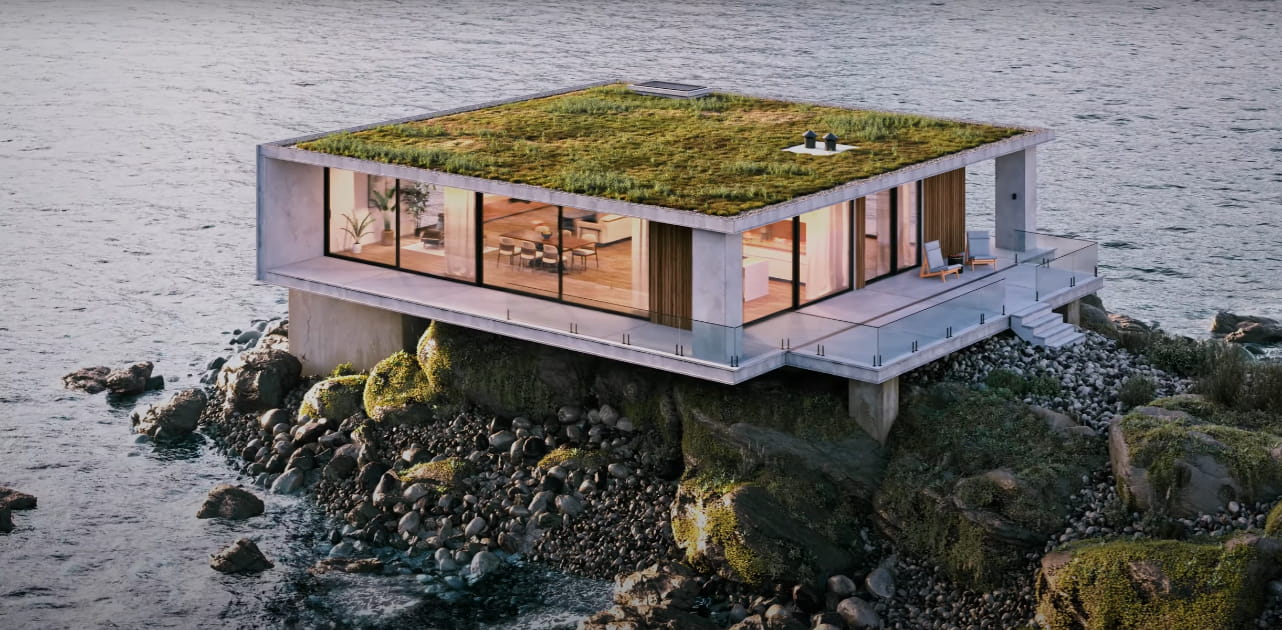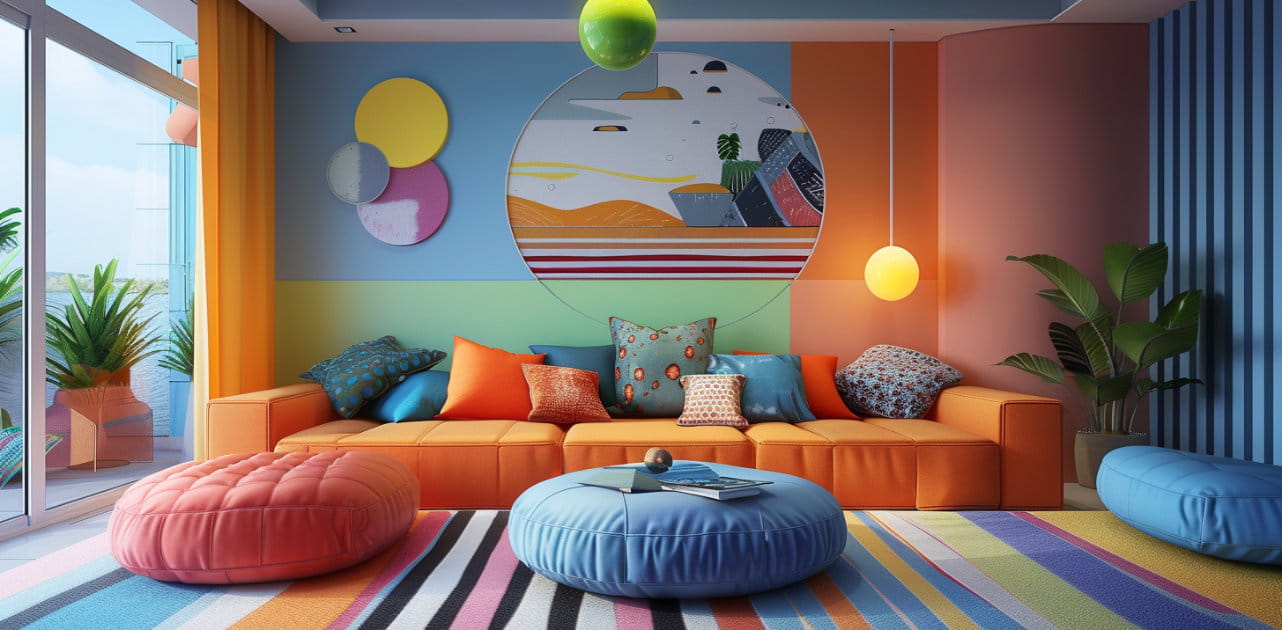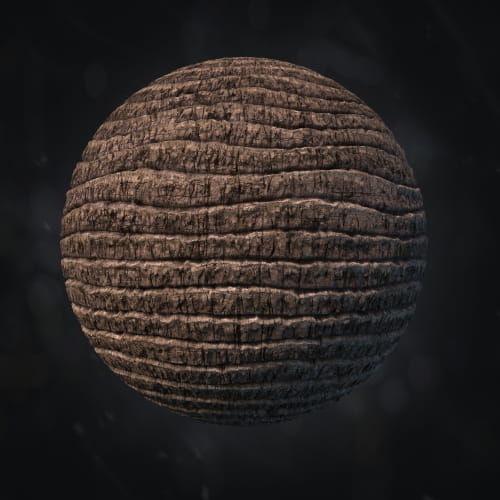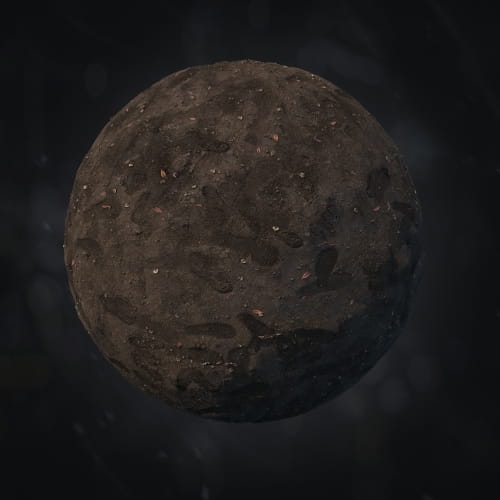Procedural Materials: The Art of the Algorithm
Computer graphics is a complex field combining art and science to bring digital visions to life. At the heart of this world is the concept of procedural materials. Defined by their algorithmic creation and infinite variability, procedural materials transform a basic 3D model into a stunning, intricate design. They offer an unparalleled depth and complexity to visualizations, rendering a world beyond the constraints of traditional texturing techniques.
Navigating Procedural Mapping
Procedural mapping is an integral aspect of utilizing procedural materials. It refers to the process of assigning textures to 3D models using algorithms, thereby creating unique and intricate designs on the model's surface. These algorithms can generate complex textures such as wood grain, marble, or intricate patterns, giving your visualizations a lifelike aesthetic.
The Procedural Material Advantage
One of the most significant benefits of using procedural material is its limitless versatility. Procedural materials can be easily adjusted and tweaked to achieve a wide range of appearances. The algorithms behind these materials generate textures and patterns algorithmically, meaning they can be easily altered to create unique visuals. Furthermore, they're scalable to any resolution without losing detail, ensuring your designs maintain high quality, regardless of the final output size.
Exploring Procedural Matter
Procedural material describe creating textures or shapes that evolve and change based on predefined rules. This capability makes it ideal for creating complex and dynamic visuals, reflecting nature's unpredictable beauty. It's like having a master artist at your disposal, continuously creating and refining their work to achieve the perfect look.
The Magic of Procedural Maps
Procedural maps are a cornerstone of procedural material and texturing. They create the pattern or texture that's applied to a 3D model based on a set of rules or algorithms. This technique creates rich, detailed textures that can range from realistic to abstract, depending on your chosen settings and parameters.
Unlocking Procedurally Generated Maps
Procedurally generated maps add a new level of depth to the concept of procedural mapping. They are created algorithmically, allowing for a virtually limitless number of unique designs. The advantage is that you can achieve complex and varied textures without manually creating each detail, saving you both time and resources while maintaining a high level of detail and complexity.
Harnessing Procedural Texture and Procedural Texturing
Procedural texture and procedural texturing are essential in creating realistic 3D models. Procedural texture refers to the intricate designs created algorithmically, while procedural texturing is the technique used to apply these designs to 3D models. Both concepts work in tandem to create stunningly realistic and infinitely variable visuals.
Using procedural materials is a choice to embrace the limitless possibilities of computer graphics. Through the power of algorithms and the artistry of design, you can transform static 3D models into dynamic works of art. At Evermotion, we are dedicated to providing the highest quality procedural materials crafted with care and precision to help you bring your unique visions to life. Why choose us? Because we believe in the power of creativity, the precision of technology, and the magic of procedural materials. We're ready to help you unlock the full potential of your 3D visualizations. Let's create something extraordinary together.
 Removing LUTs from Textures for better resultsRemove the LUT from a specific texture in order to get perfect looking textures in your render.
Removing LUTs from Textures for better resultsRemove the LUT from a specific texture in order to get perfect looking textures in your render. Chaos Corona 12 ReleasedWhat new features landed in Corona 12?
Chaos Corona 12 ReleasedWhat new features landed in Corona 12? OCIO Color Management in 3ds Max 2024Color management is crucial for full control over your renders.
OCIO Color Management in 3ds Max 2024Color management is crucial for full control over your renders. A look at 3dsMax Video SequencerDo you know that you can edit your videos directly in 3ds Max? Renderram is showing some functionalities of 3ds Max's built in sequencer.
A look at 3dsMax Video SequencerDo you know that you can edit your videos directly in 3ds Max? Renderram is showing some functionalities of 3ds Max's built in sequencer. FStorm Denoiser is here - First ImpressionsFirst look at new denoising tool in FStorm that will clean-up your renders.
FStorm Denoiser is here - First ImpressionsFirst look at new denoising tool in FStorm that will clean-up your renders. Unreal Engine 5.4: Nanite Tessellation in 10 MinutesThis tutorial takes you through creating a stunning desert scene, complete with realistic tire tracks, using Nanite for landscapes, Gaea for terrain sculpting, and an awesome slope masking auto material.
Unreal Engine 5.4: Nanite Tessellation in 10 MinutesThis tutorial takes you through creating a stunning desert scene, complete with realistic tire tracks, using Nanite for landscapes, Gaea for terrain sculpting, and an awesome slope masking auto material.Customer zone
Your special offers
Your orders
Edit account
Add project
Liked projects
View your artist profile






























